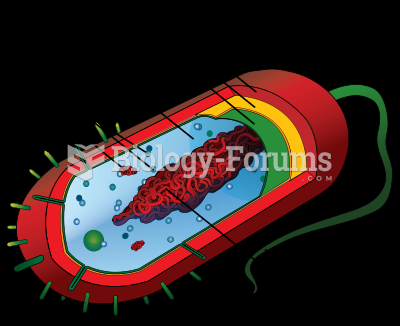Answer to Question 1
Mr. Kim's typical diet is about 2200 kcal, 14 protein, 57 carbohydrate, and 30 fat
This is about 200 kcal over the upper range needed for Mr. Kim to lose weight.
Important factors that may have contributed/impact his NAFLD include his low fiber (12 g), high saturated fat ( 8), and high sugar (116 g added/135 g total) consumption
Answer to Question 2
Provide interventions to maintain adequate protein and energy intake to prevent malnutrition/cancer cachexia
Provide interventions to treat the common side effects of cancer treatment:
- Nausea/vomiting
Small, low fat meals; avoid favorite foods when nauseous; avoid odorous foods; take antiemetic medication prior to meals
- Early satiety
Small frequent meals; consume nutrient-providing beverages between meals; avoid high-fiber foods
- Mucositis
Soft, non-fibrous, non-acidic foods; avoid hot foods; non-acidic juices/beverages to prevent dehydration; calorically-dense and protein-dense nutritional supplemental liquids may help meet intake requirements
- Diarrhea
Drink small amounts of fluids throughout the day to prevent dehydration; avoid excessive intake of fructose containing beverages (e.g. fruit juices); consume good sources of soluble fiber and choose low fat foods.
- Dysgeusia
Incorporate alternative high-protein foods (e.g. peanut butter, cheese, soy meat substitutes) due to problems associated with meats; encourage use of spices and marinades to flavor foods
- Xerostomia
Sugar-free gum or sour candy to stimulate saliva production; avoid alcohol based mouthwashes; use lozenges and mouth-moisturizing gels. Drink frequently use moist foods.
- Anorexia
Small, frequent meals; maximize consumption when appetite is highest; don't consume empty calorie liquids during meals that prevent consumption of adequate calories and protein; mild exercise to stimulate hunger; use of energy- and protein-dense nutritional supplements
Abstain from alcohol or limit to less than one drink per day.







